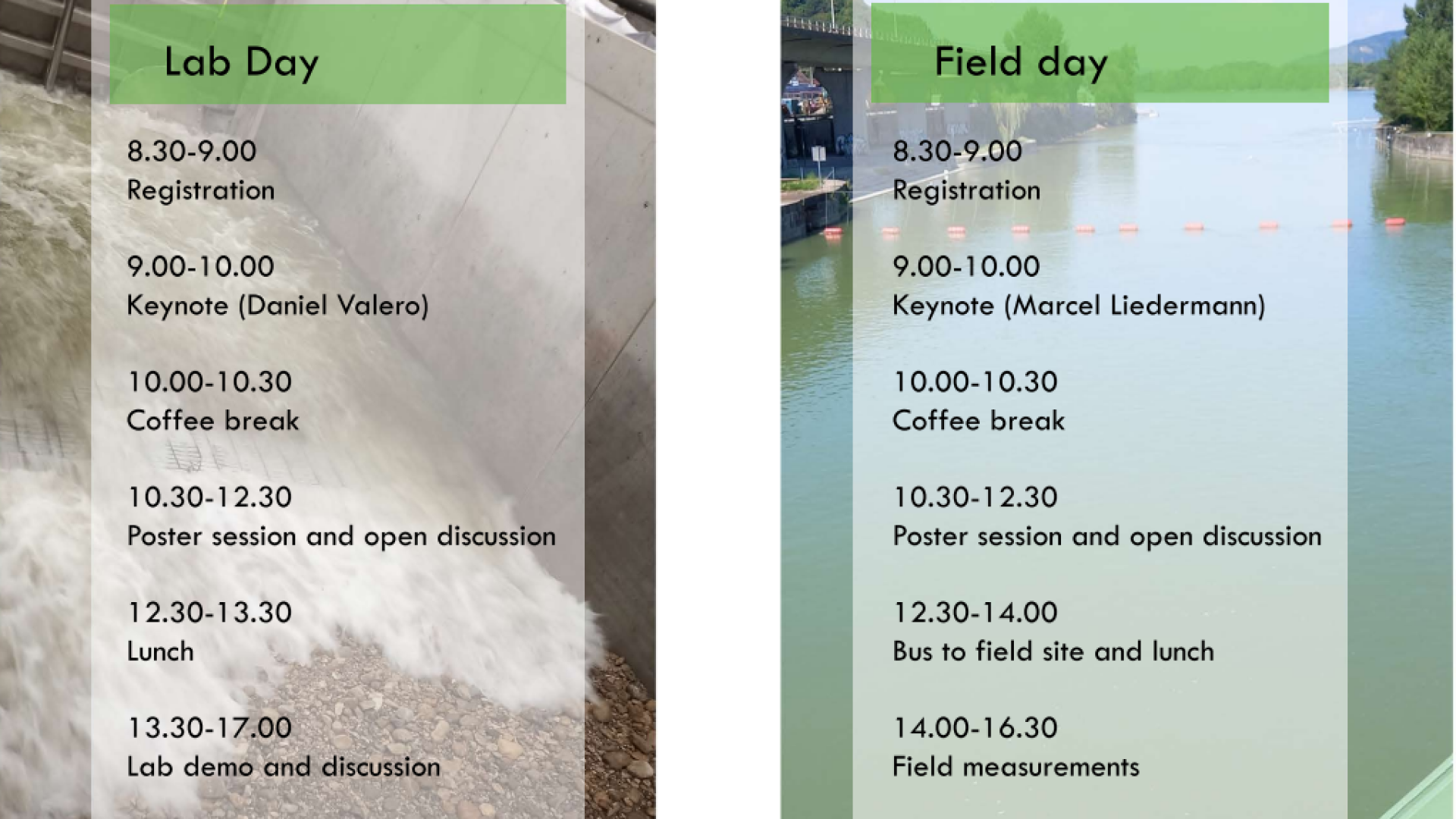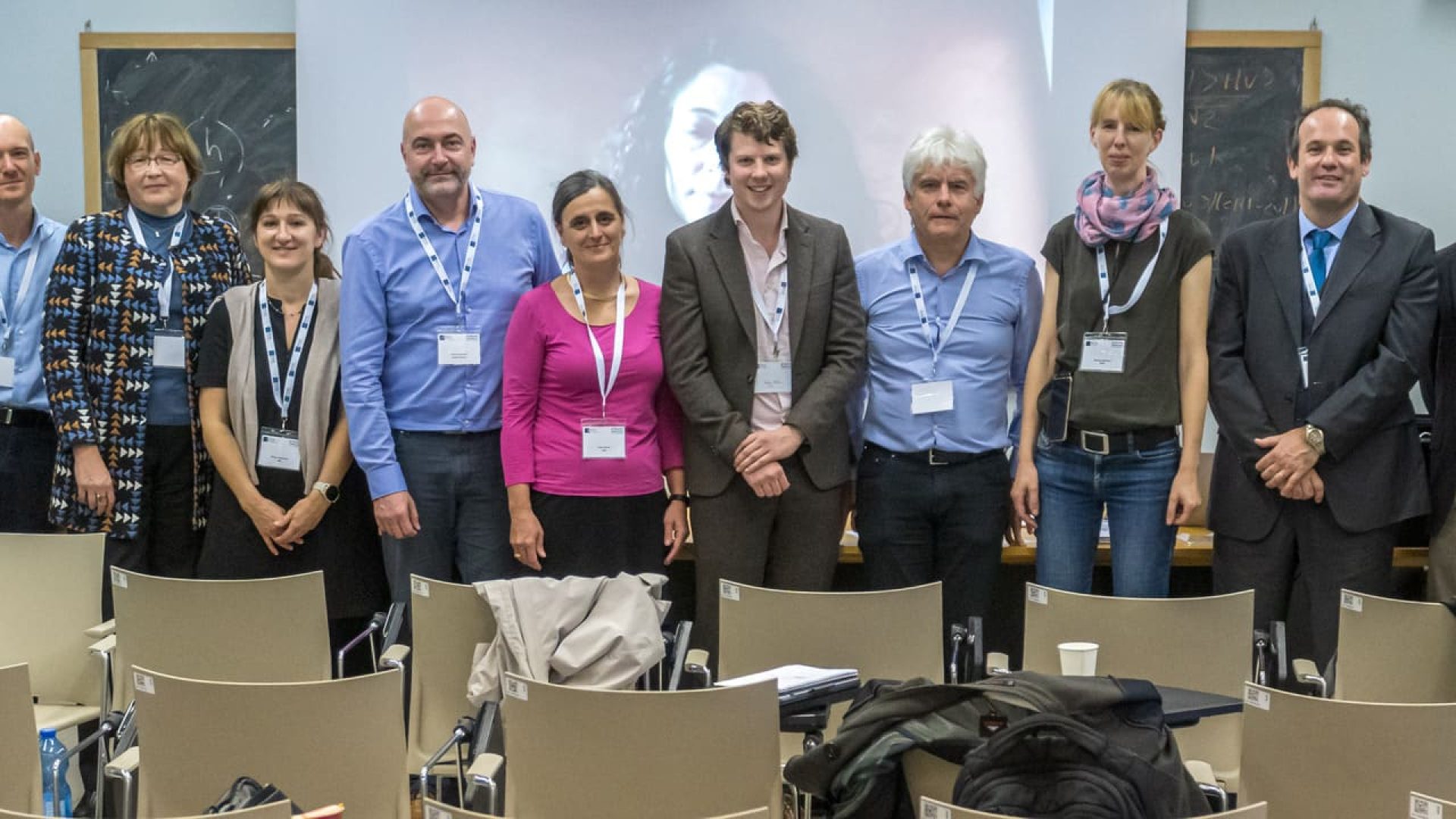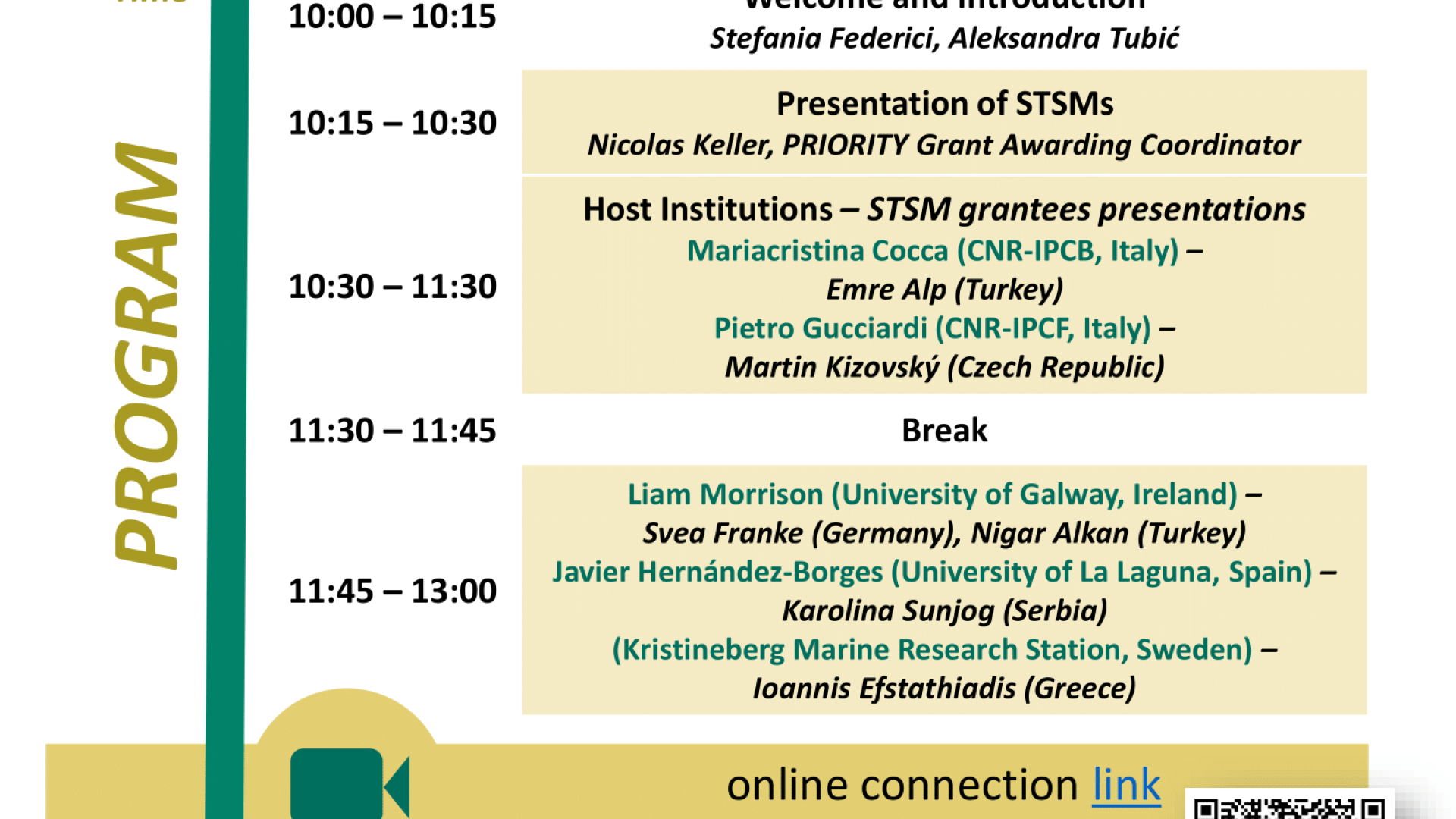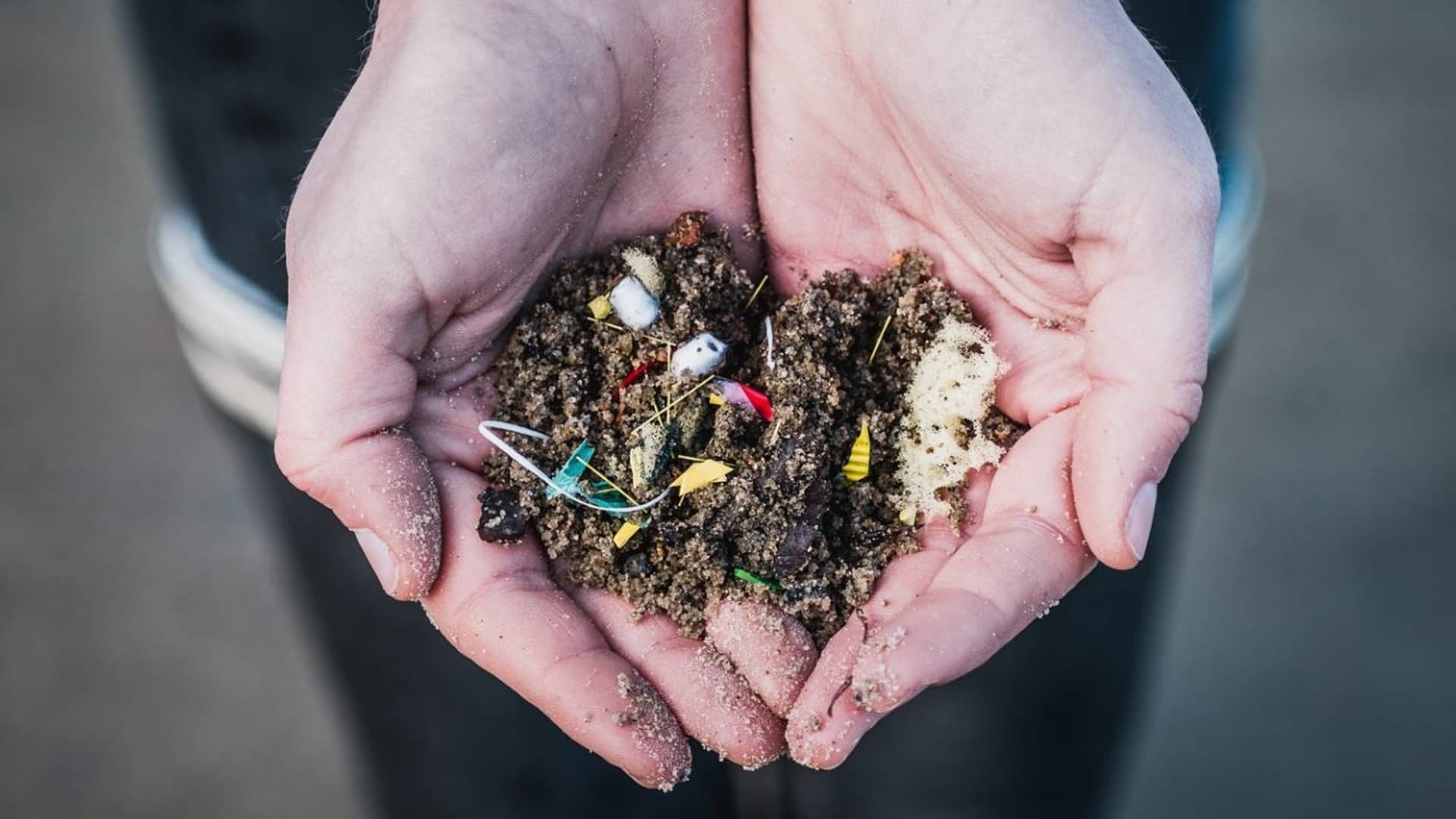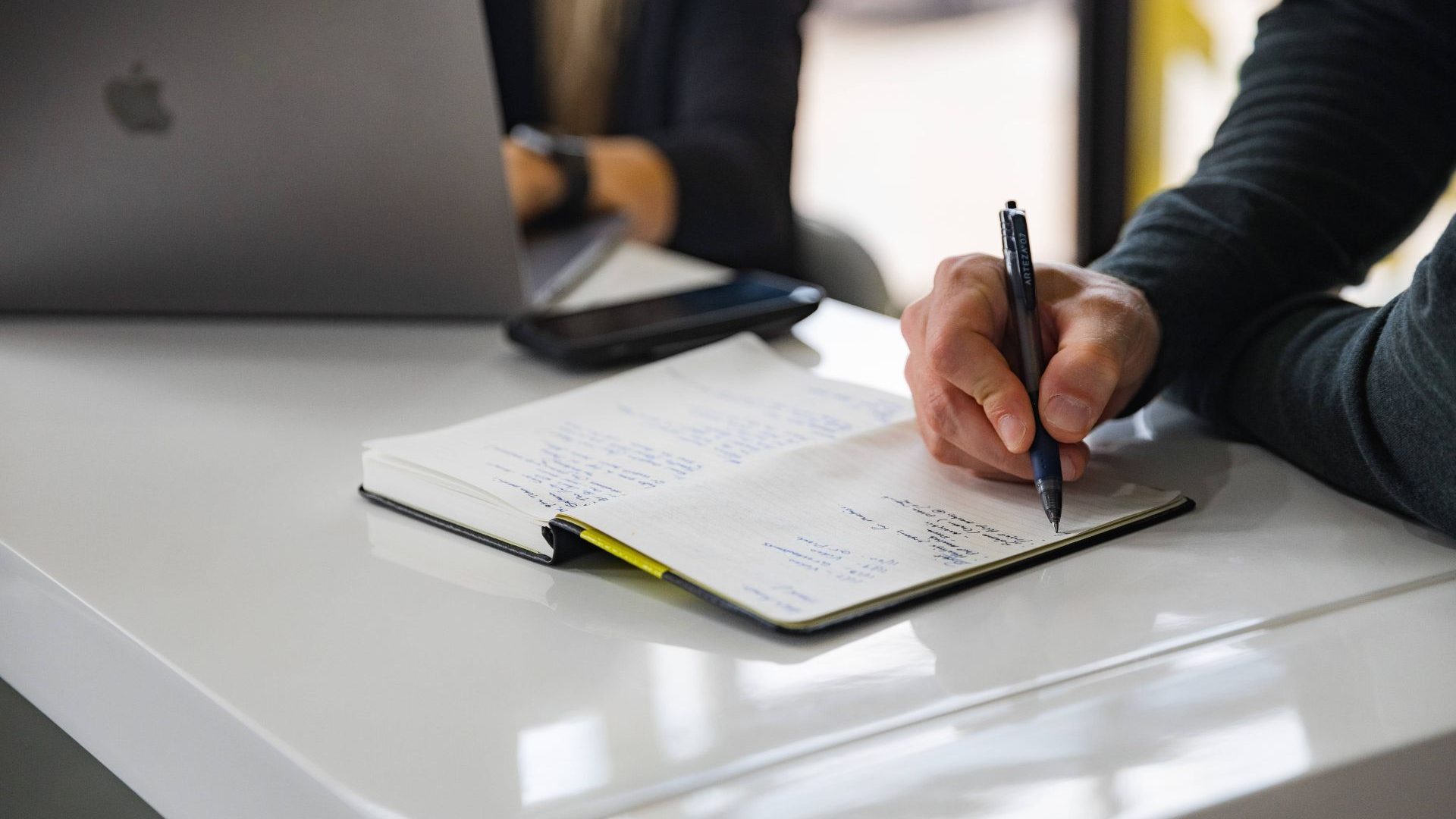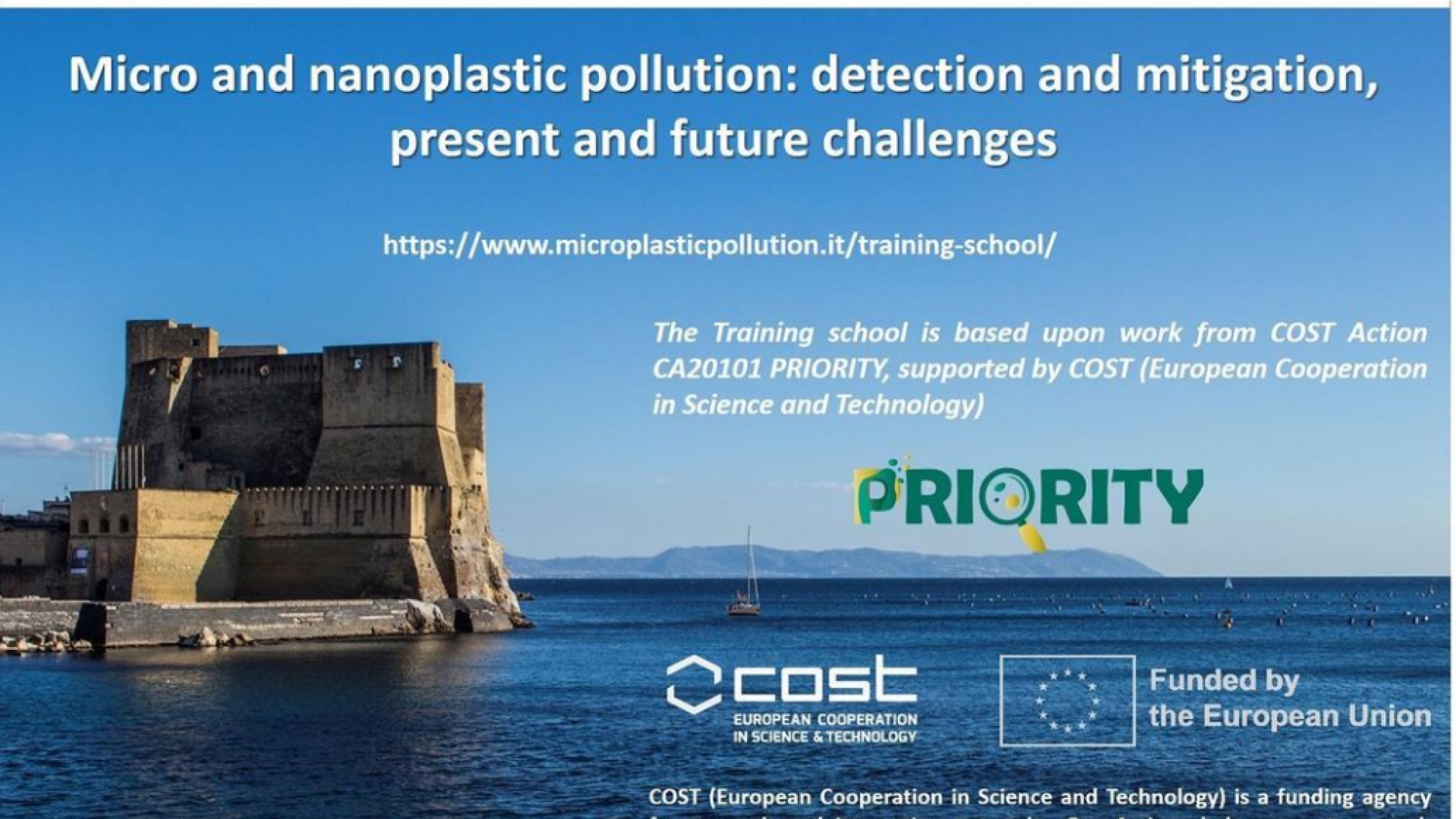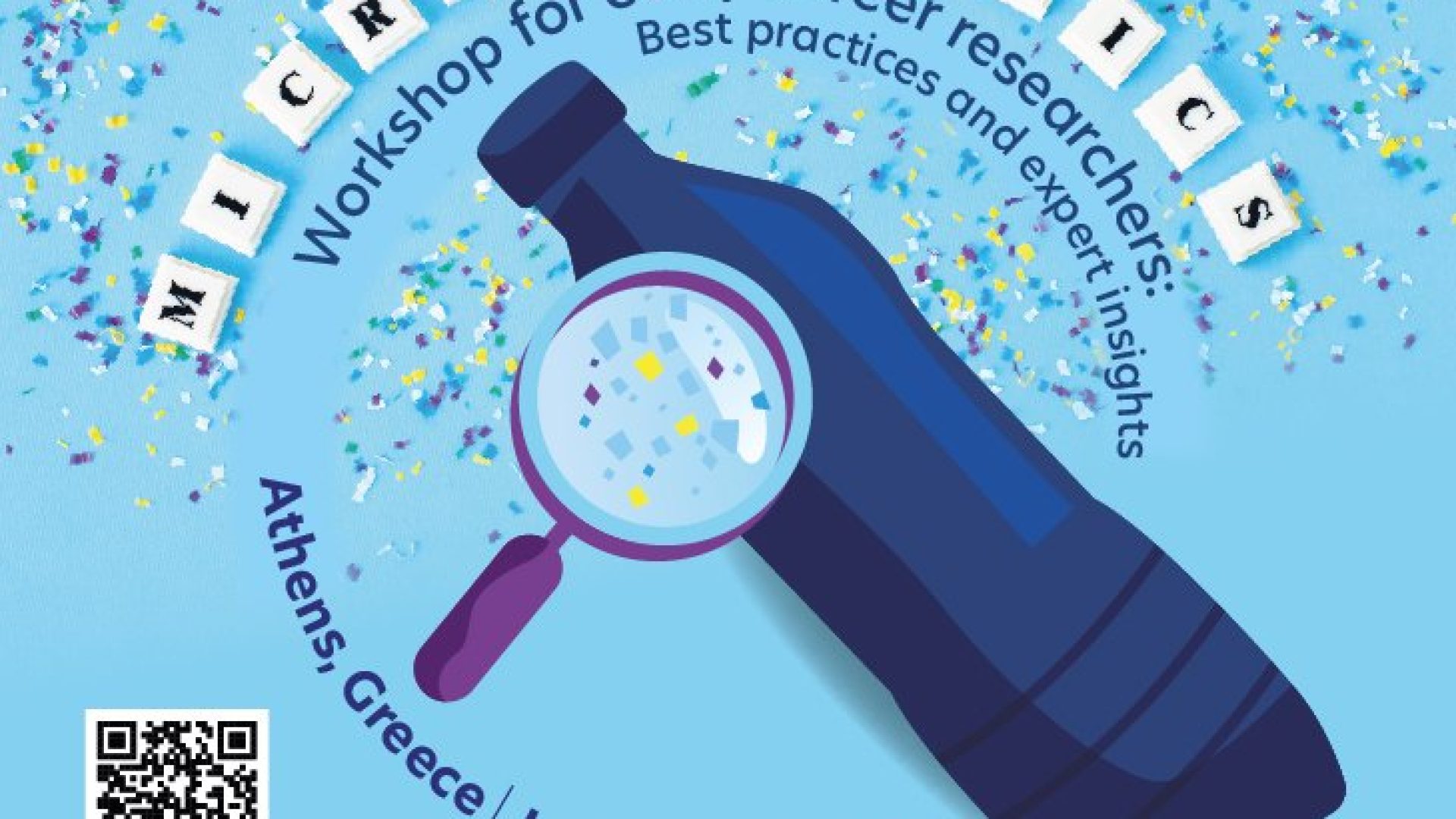Events
2-day small training event on Plastic transport experimental and field methods by COST Action PRIORITY in Vienna, 12th-13th April 2024 (just before EGU) View Flyer The Institute of Hydraulic Engineering and River Research Wasserbaulabor at the University of Natural and Life Sciences (BOKU), in Vienna, Austria, will host the first PRIORITY small training – M3 Plastics: Measuring, Monitoring, Modelling...
Description These Small Training events represent a new concept with respect to the traditional model of Training Schools. In contrast to the singular large-scale training school model (as organized in the previous Grant Period, GP2, of PRIORITY COST Action, have a look here), this Grant Period, GP3, introduces a dynamic approach with smaller, distributed training...
Co-organized by PRIORITY and 21GRD07PlasticTrace May 23, 2023 – Berlin (DE) Hosted by BAM, Unter den Eichen 87, 12205 Berlin, Germany
The Leibniz Institute of Photonic Technology in Jena, Germany, will host the PRIORITY Training School – Recent Trends in Microplastic Research, 22-26 May, 2023. The School is framed in PRIORITY Working Group WG3, dedicated to instrumentation, modelling, data evaluation, software, and analytical procedures. The scientific program in a nutshell Day 1: Experimental design, Fluorescence microscopy,...
Join the 1st workshop on PRIORITY Short Term Scientific Missions to be held on November 15, 2022 from 10:00 am to 1:00 pm (CET). The workshop will focus on the missions approved in the first year of our Action. To begin, the Grant Awarding Coordinator will give a brief introduction to this powerful networking tool....
Co-organizedby PRIORITY and 21GRD07PlasticTrace 18 October, Turin (IT) Hosted by the Italian National Institute of Metrology Research (INRiM)Strada delle Cacce, 91 -10135 Torino, ITALY
Instagram Feed
This error message is only visible to WordPress admins
Error: There is no connected account for the user 17841449985444244.
